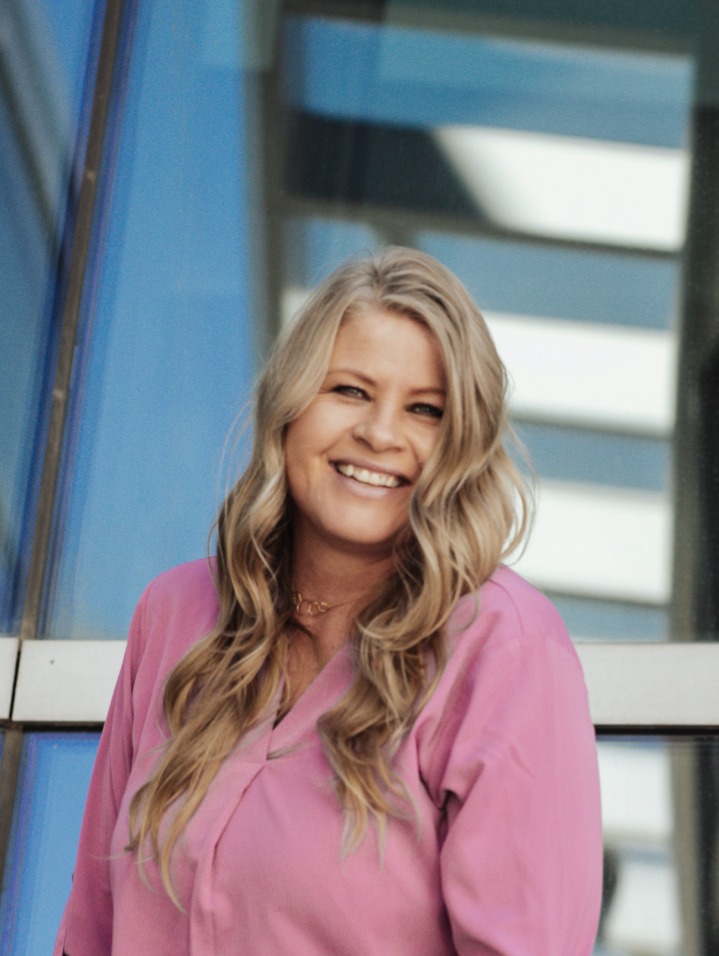There are no items in your cart
Add More
Add More
| Item Details | Price | ||
|---|---|---|---|
June 04, 2025
Addiction doesn’t just affect the individual using substances—it transforms the entire family system. Families often unconsciously adapt by taking on specific roles to cope with the chaos and pain. These roles were first clearly described by family therapist Sharon Wegscheider-Cruse, who identified six common roles: the Addict, Enabler, Hero, Scapegoat, Lost Child, and Mascot.
In this post, we’ll focus on the role of the Substance User, the center of this complex system. Understanding this perspective is essential for healing—not just for the person using substances, but for the whole family.
When addiction enters a family, it creates a ripple effect. The substance user often becomes the focus of attention, worry, and sometimes blame. Other family members respond by adapting their behaviors and roles—some step in to protect or enable, others withdraw or act out.
These adaptations, while natural, can unintentionally maintain unhealthy patterns. Recognizing these dynamics is the first step toward change.
Addiction is rarely just about the substance itself. From a psychodynamic viewpoint, substance use often relates to deeper emotional wounds, trauma, or unmet needs. The biopsychosocial model expands this understanding by considering genetic predispositions, mental health, social environment, and relationships.
For the substance user, addiction can serve as a coping mechanism to numb pain or manage overwhelming feelings. Reflecting on these underlying factors can open pathways to healing.
If you or a loved one is struggling with addiction, here are some compassionate, practical steps rooted in harm reduction, CRAFT communication, and SMART goal-setting:
Recognize that needing help is human. Replace shame with kindness and acknowledge your efforts to change.
Create specific, measurable, achievable, relevant, and time-bound goals. For example, “I will attend one support group meeting this week” or “I will track my substance use daily.”
If abstinence isn’t immediately possible, focus on safer use practices: avoid using alone, use clean supplies, and have a safety plan.
Use CRAFT-inspired communication to express your needs honestly and invite support without blame.
Consider trauma-informed therapy and peer groups like SMART Recovery, which offer nonjudgmental spaces for growth.
SMART Recovery: smartrecovery.org — Free meetings and tools for self-directed recovery.
SAMHSA National Helpline: 1-800-662-HELP (4357) — Confidential 24/7 support and referrals.
Harm Reduction Coalition: harmreduction.org — Information on safer substance use and overdose prevention.
Therapist Directories: Psychology Today and GoodTherapy for finding trauma-informed therapists.
Understanding the role of the substance user within the family system is a vital step toward healing for everyone involved. Addiction is complex, but with compassion, insight, and practical support, recovery and healthier relationships are possible.
If this post resonated with you, listen to the full episode of Family in Flux titled “The Substance User—Center of the Storm” here for deeper insights and actionable guidance.
<a href="https://www.vecteezy.com/free-photos/addiction-recovery">Addiction Recovery Stock photos by Vecteezy</a>
This blog post is for informational purposes only and is not a substitute for professional mental health therapy, medical advice, or addiction treatment. Always consult a licensed healthcare provider for personalized guidance.

Bonnie Adams
A Utah-based Marriage and Family Therapist specializing in addiction recovery for family and friends of those struggling with a substance use disorder. Bonnie has over a decade of experienced working in the field of addiction recovery and currently practices in Northern Utah.